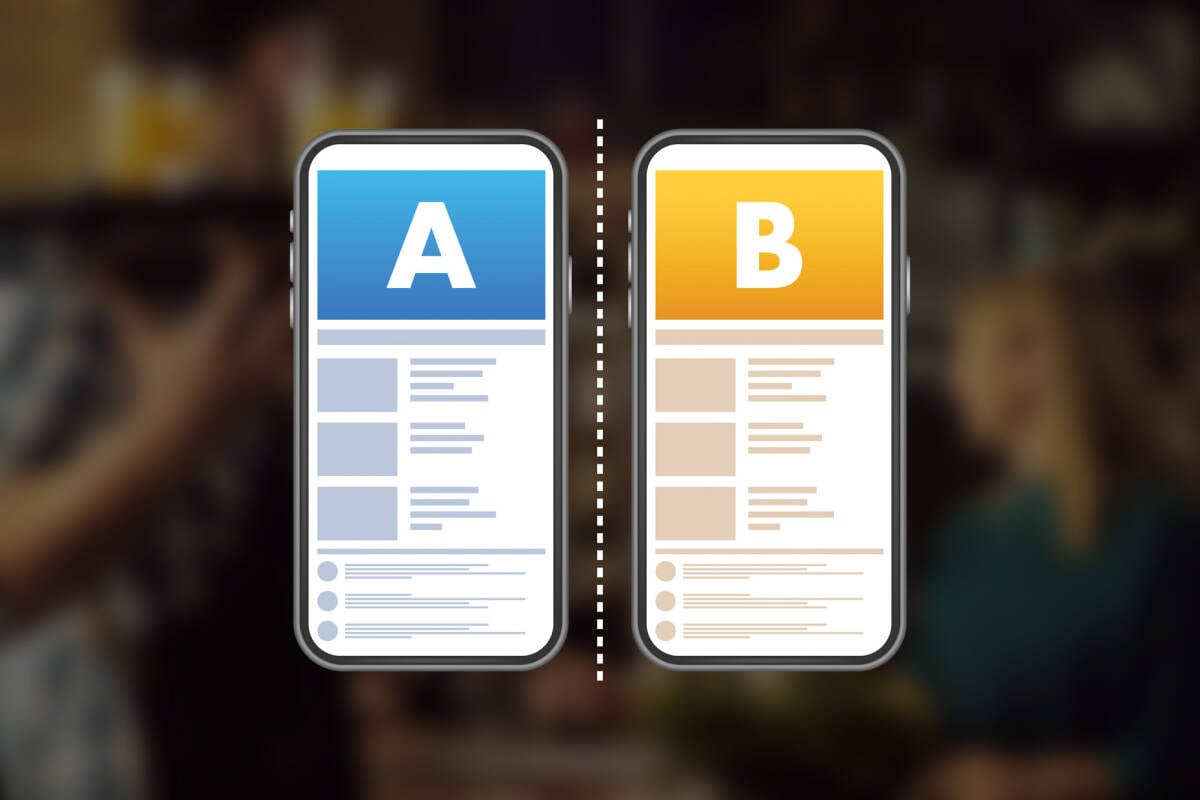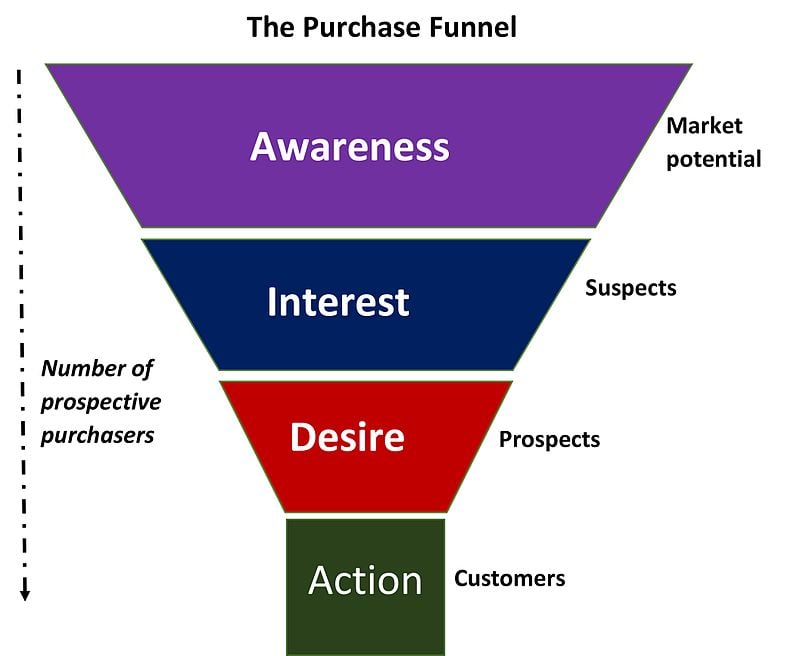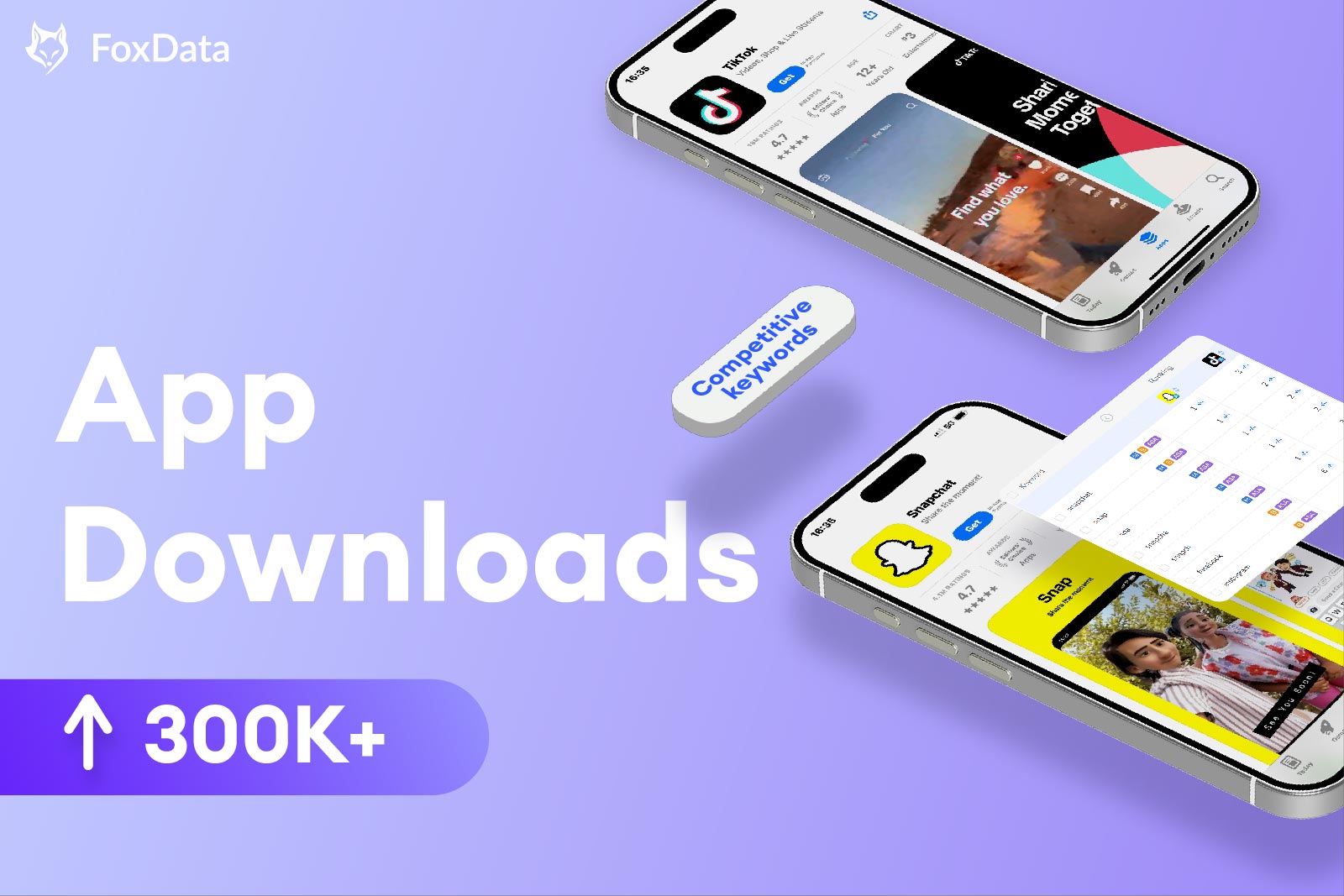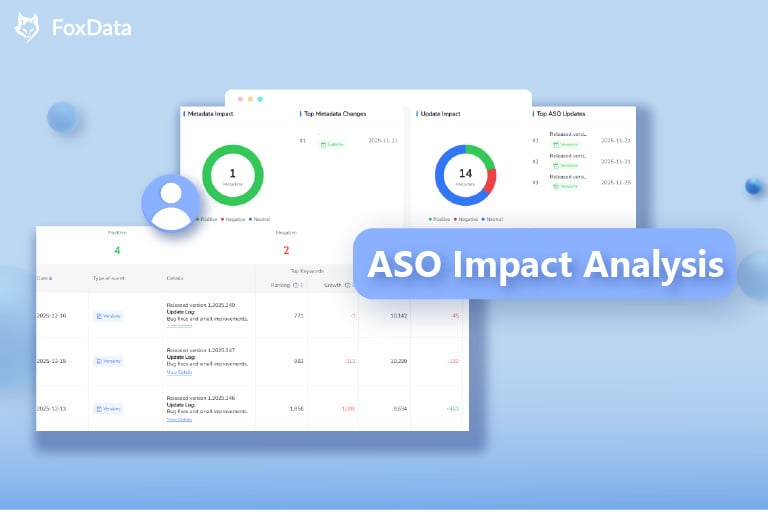A Comprehensive Guide to Plan Your Mobile App Marketing Budget

Developing a mobile app involves various expenses, many of which extend beyond the creation process itself. Without allocating funds for marketing, your app may remain unnoticed, which is a significant issue.
This guide provides detailed insights into the costs associated with marketing mobile apps. It is relevant for app developers, white label resellers, businesses launching apps, or anyone starting a new app from the ground up.
The Cost of Marketing an App
One of the most frequent inquiries our sales team encounters is about the cost to market an app. Unfortunately, there's no one-size-fits-all answer.
Marketing budgets for apps can range from as little as $1,000 to tens of millions of dollars, with most falling somewhere in between. However, a higher marketing budget doesn't guarantee better results. Effective strategies can lead to successful outcomes without exorbitant spending.
The cost per install (CPI) is a critical metric to focus on. It helps you gauge the effectiveness of your marketing efforts and determine the cost-effectiveness of individual campaigns.
Here's the formula:
Why is Setting an App Marketing Budget So Important?
Creating a marketing budget is essential, regardless of whether you're a first-timer or a seasoned marketer. It ensures that funds are allocated wisely, preventing overspending on ineffective campaigns. A well-planned budget allows for strategic adjustments and can help forecast ROI while keeping you on track with your marketing goals.
👏Expert Tip: Our Experts often suggest allocating 12-20% of gross revenue to marketing for established apps, reducing to 6-12% as the app gains stability. For apps in pre-revenue stages, setting a fixed dollar amount for marketing is advisable.
The Guide to Craft a Budget for Mobile App Marketing
Developing a comprehensive budget for mobile app marketing is a multi-step process that ensures your promotional efforts are effective and financially sound. Let's explore the essential steps to create a marketing budget from the ground up.
Step 1: Evaluate Your Marketing Funnel
Begin by examining the marketing funnel, which illustrates the user's journey from first becoming aware of your app to finally installing it. Even if you haven't tracked this process before, it's important to understand each stage:
- Awareness: The user discovers your app.
- Interest: The user considers using an app like yours to address a need.
- Desire: The user shows a preference for your app over others.
- Action: The user downloads and installs your app.
Understanding the funnel helps you identify which marketing channels are effective at guiding users through these stages and where you can optimize your efforts.
Step 2: Set Specific Marketing Goals
It's a common misconception that the ultimate aim of every app marketing campaign is to simply increase the number of installs. However, your marketing objectives should be multifaceted and aligned with the broader business goals of your app. Here's how to approach goal-setting:
-
Identify the Primary Purpose of Your App: Determine whether your app is designed to generate revenue through subscriptions, serve as a platform for e-commerce, or fulfill another business model. Each purpose will necessitate a unique marketing approach.
-
Establish SMART Goals: To ensure your marketing efforts are targeted and effective, set goals that are Specific, Measurable, Achievable, Relevant, and Time-bound. For instance:
- Specific: Aim for a clear objective, such as acquiring 10,000 users in the first quarter post-launch.
- Measurable: Ensure you can track progress, like monitoring the number of new sign-ups or app installs.
- Achievable: Set realistic targets based on your resources and market research.
- Relevant: Align goals with your app's business model and long-term vision.
- Time-bound: Define a timeframe for achieving these goals to maintain focus and urgency.
By setting SMART goals, you move beyond the vague aspiration of "we want more downloads" and create a foundation for sustainable growth and success.
Step 3: Factor in Operating Costs
When budgeting for your app, it's critical to realize that marketing is only one piece of the financial puzzle. Your app's lifecycle includes development, maintenance, and other ongoing operations that incur costs. Here's how to account for them:
-
List Non-Marketing Expenses: Document all costs unrelated to marketing, such as developer salaries, design, server hosting, utilities, software subscriptions, and any other backend expenses that support the app's infrastructure.
-
Consider Physical Overheads: If your business requires a physical space, include rent, utilities, and maintenance for that location in your budget.
-
Factor in Content and Maintenance: Allocate funds for website upkeep, content creation, and any other recurring tasks that keep your app relevant and functioning.
-
Plan for Additional Services: If you're considering hiring an app marketing agency or other third-party services, estimate these costs and include them in your budget.
It's essential to maintain a holistic view of your finances to ensure that your marketing spend doesn't overshadow other critical operational costs. By doing so, you'll create a balanced budget that supports your app's overall success.
Step 4: Identify Profitable Marketing Channels
dentifying and investing in the most profitable marketing channels is crucial for the success of your app. Here's how to approach this:
-
Experiment and Evaluate: Initially, you may not know which marketing channels will be most effective for your app. Start with a variety of strategies, such as email marketing, search engine ads, and social media advertising.
-
Monitor Performance: Use analytics tools to track the performance of each channel in relation to your goals. Look for metrics like conversion rates, cost per acquisition, and return on ad spend.
-
Conduct A/B Testing: Implement A/B tests to compare different versions of your ads, emails, or landing pages. This will help you refine your approach and increase the effectiveness of your campaigns.
-
Allocate Budget Wisely: Instead of spending your entire budget evenly across all channels, start with smaller tests to identify which ones are worth further investment. For instance, with a $24,000 1,000 per month across various campaigns for the first quarter. After evaluating their performance, you can then redistribute the budget, focusing on the channels that yield the best results.

Step 5: Align Marketing Budget with KPIs
Your marketing efforts should be assessed in the context of broader business objectives and key performance indicators (KPIs):
-
Review Related KPIs: Beyond the direct outcomes of marketing campaigns, consider other KPIs that reflect the overall health and success of your app, such as user engagement, retention rates, and lifetime value.
-
Look for Correlations: Analyze how changes in marketing spend affect these KPIs. You may discover that certain campaigns not only increase installs but also improve user retention or engagement.
-
Adjust Strategies Accordingly: Use insights from these KPIs to inform your marketing decisions. If you notice that a particular channel is driving users with a higher lifetime value, it may warrant a larger portion of the budget.
By integrating your marketing budget considerations with comprehensive KPI analysis, you'll ensure that your marketing efforts contribute positively to your app's overall success and long-term growth.
 Explore 2026 Mobile Game Marketing Strategies
Explore how industry experts break down 2026 mobile game marketing trends, creative strategies, and scalable growth approaches.
Learn More
Explore 2026 Mobile Game Marketing Strategies
Explore how industry experts break down 2026 mobile game marketing trends, creative strategies, and scalable growth approaches.
Learn More

Key Components of a Mobile App Marketing Budget
Creating a mobile app marketing budget involves considering various costs associated with the promotion and ongoing support of your app. Here's a breakdown of the essential components you'll need to budget for:
Market Research
- Purpose: Identifying your target audience and understanding the best channels to reach them.
- Cost Factors: May include surveys, focus groups, and analysis tools.
Beta Testing
-
Purpose: Gathering user feedback on your app's functionality and user experience before the official launch.
-
Cost Factors: Depends on the number of testers, the platforms used, and the duration of the testing phase.
App Promotion Assets
- Purpose: Creating visual and multimedia content for marketing campaigns and app store presence.
- Cost Factors: Design and production costs for images, videos, and other promotional materials.
Viral Marketing
- Purpose: Crafting campaigns with the potential to be widely shared and gain organic traction.
- Cost Factors: Creative development and potential advertising spend to seed the content.

Social Media Marketing
- Purpose: Building and maintaining a presence on social media platforms to engage with your audience.
- Cost Factors: Content creation, social media management tools, and potential ad spend.
Push Notifications
- Purpose: Engaging existing users with timely and personalized messages to encourage specific actions.
- Cost Factors: Subscription costs for push notification services, especially for advanced targeting features.
Influencer Marketing
- Purpose: Leveraging the reach and influence of social media personalities to promote your app.
- Cost Factors: Fees for influencer partnerships and potential agency costs for influencer management.
Website
-
Purpose: Providing an online hub for information about your app and driving downloads.
-
Cost Factors: Development, hosting, and maintenance of a dedicated website or landing page.
App Store Optimization (ASO)
- Purpose: Improving your app's visibility and ranking in app stores to increase organic downloads.
- Cost Factors: Research and implementation of ASO strategies, potentially hiring ASO experts.
Before launching your marketing efforts, it's crucial to have a well-planned budget that accounts for all potential expenses. This strategic approach ensures you invest wisely in marketing activities that contribute to your app's success without neglecting other essential costs like development and maintenance.
Remember, a successful app marketing strategy is about more than just spending money—it's about spending money on the right efforts that align with your goals and drive measurable results. Good luck with planning your app marketing budget!
Now just join FoxData and embark on a business growth journey as we unveil a FREE App Data Analytics Tool, which boosts your downloads, increases your user base, and watches your performance soar to new heights!







